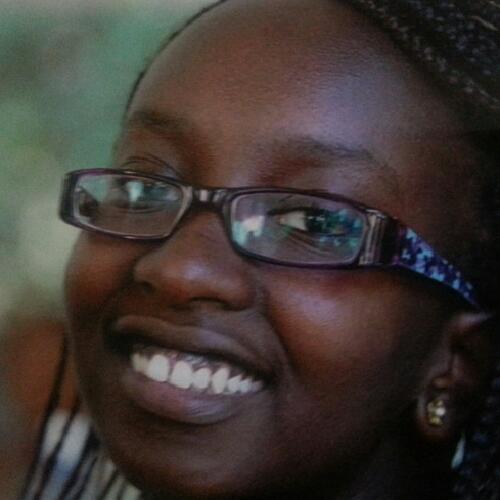by Precious Jebet (intern at KEY and Dartmouth University class of 2018)
I recently came across an article on the internet site-PolicyMic about banned books in America. It was appropriately titled The 10 Most Frequently Banned Books and Why You Should Read Them (http://www.policymic.com/articles/87977/the-10-most-frequently-banned-books-and-why-you-should-read-them). In the article the author gives reasons why these books have been wrongfully banned and why they should be actually read.The main arguing point is that these books actually deal with issues that teenagers go through in their lives. Personally I have only read two books from this list; The Hunger Games by Suzanne Collins and The Perks of Being A Wallflower by Stephen Chbosky and I have to say I agree with the author’s argument on these particular books.
Reading the article made me reminiscent of some encounters with “banned books” during my high school and primary school years. As the Library Captain at Precious Blood I was tasked with “banning” inappropriate books from the school library. One such book was The Da Vinci Code by Dan Brown. It was banned because of its controversial content about the Roman Catholic Church. However it was later unbanned because it was decided that girls needed to learn to be able to disagree in a mature manner, and that banishing books punished girls with less money more, as girls with more money could just buy the book during holiday time. While in primary school most of my friends never read the Harry Potter Series by J.K Rowling as their parents banned them because according to them they were just about witchcraft and magic and thus “evil”. I never understood why such popular and interesting fantasy books which crafted imagination among children could be labeled as being “evil”.
I firmly believe that not all literature is appropriate for young minds and in such cases inappropriate literature( sexually explicit) should be censored against them. However not every book is sexually explicit yet they usually end up being on the “banned list”. What can be done to prevent this? One suggestion is that such wrongly banned books should be read and discussed openly, with the discussions being moderated and monitored by adults, than to suppress them and have the discussions in secret. This is a viable suggestion because most of these banned books deal with real life issues among teenagers such as self image and self esteem, friendships, drugs, peer influence among others. Most of the time teenagers already have solutions to their problems and it’s through openly discussing these issues that the solutions come about. After all books are in one way or another a mirror into people’s thoughts about today’s society.
